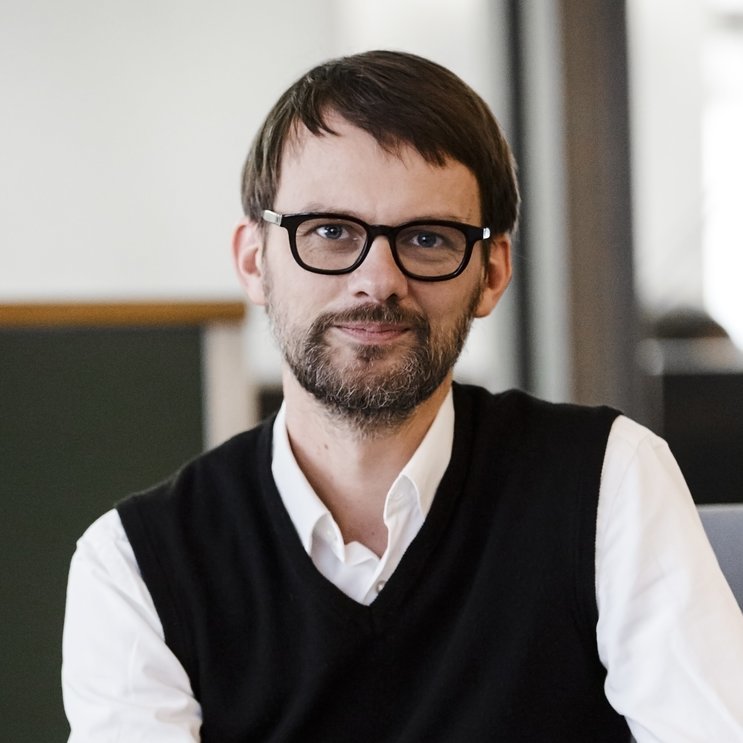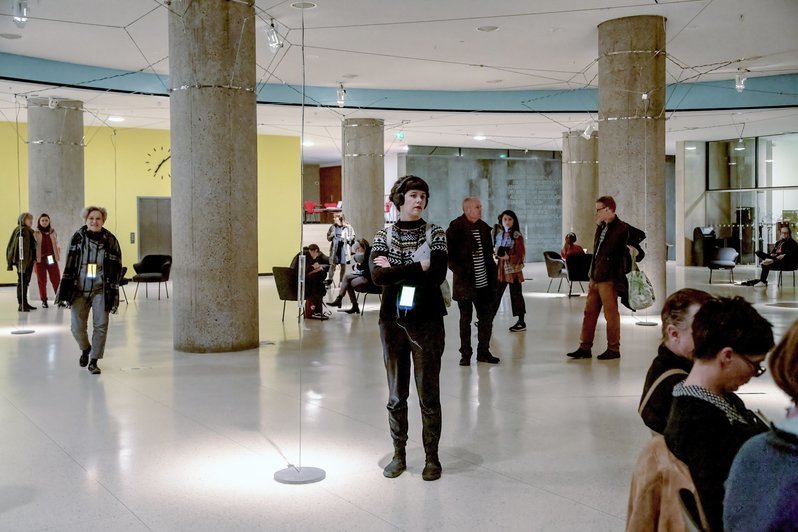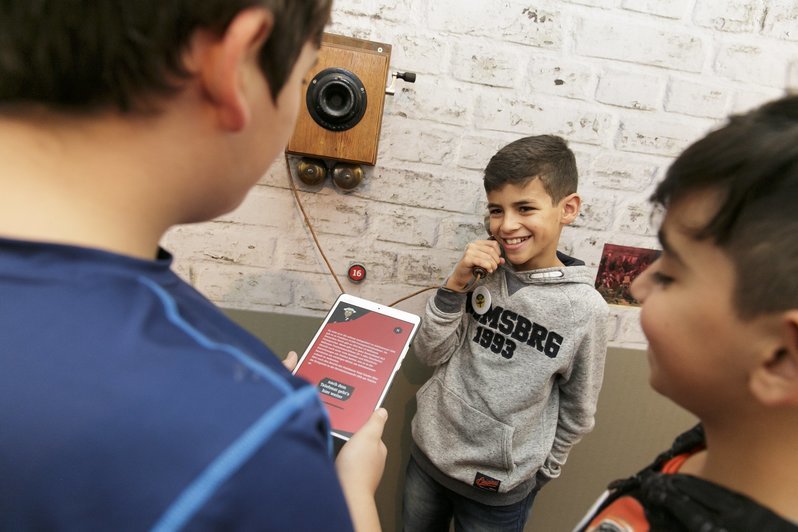What can we learn from the objects we interact with on a daily basis? How can they trigger exchange and participation? For Historisches Museum Frankfurt, we translated Karsten Bott’s 1.500 piece collection into an interactive experience. The inclusive approach invites everyone to take part and get involved – on site or online.
Everyday life objectified
Communicative potentials

Frankfurt-based artist Karsten Bott started collecting objects as a child and now turns this fascination into artistic projects. Since 1988 he is running the Archive for Contemporary History and collects things which surround us in our daily life but are typically neglected by museums and archives. Historisches Museum Frankfurt acquired one of his works and displays an archive of 1.492 pieces divided into 45 curated compartments.
Even though the artwork holds great potential for cultural education, not everyone could profit from it. Therefore, the curators initiated the project “Von jedem Eins – Digital” [One of Each – Digital] and could qualify for a funding by the German Federal Cultural Foundation. The aim is to overcome the limitations of the physical museum space, enable active collaboration and create access points for previously excluded user groups like children, senior citizens or people with cognitive impairments.
We joined forces with the museum’s team from the first application for the funding. In a participatory approach, we designed workshops to include experts from the fields of education, culture and teaching in the creative process. As a result, we could narrow down promising interaction and communication formats. On this basis, a meaningful creative process lead to three custom applications tailored to the special requirements.
One of Each, Many of Each
A database brought to life
Karsten Bott created an extraordinary reflection of our consumer culture over the past decades. By sorting, describing and grouping the objects, the collection becomes more than just a mere accumulation of things.
browse
We carefully translated this simple yet genious approach into an online archive that is accessible for everyone at all times: for all museum visitors via a large touch screen installation on site and from home via the website von-jedem-eins.de.

Following the same narrative principle, the archive can be browsed via thematic areas like “kitchen”, “stationery, office, computer” or “religion and christmas”.

Share
To open up the database to the public and allow everyone to contribute their own stories and thoughts, the digital archive holds a participatory function “Many of Each”.

If users stumble accross an object that inspires them or brings back memories, they can submit an entry by entering a text and uploading an image. A QR code at the media station leads visitors directly to this function. Those who visit the website already having a contribution in mind can also choose the community collection right away and later connect their own object and story to a reference from the archive.
Let’s play
Guess the object

In order to achieve a deeper examination of the work and the objects of everyday culture, we developed two game concepts in a process with several focus groups. For us, it was important that the games did not create additional levels of content, but rather sharpen the view of the subtle differences and similarities between the objects that Karsten Bott collects in his work.
In order to achieve greater participation between the museum visitors, the games are each designed for two people. These games can be played in the museum at the archive station.
Play
Two players or teams position themselves on opposite sides of the touch screen.

In the first game mode, a random object is drawn with one continous line for the other person to guess.
In the second game mode, a random object is described with four symbols for the other person to guess.

Draw object mode, screenshot
© MESO
Guess the symbols mode, screenshot
© MESOThe games are not only an activity for all visitor groups from young to old, they also encourage people to actively engage with the objects, study their form and translate their cultural meaning. They can serve as a starting point for education formats or trigger conversations.
The shared experience in the group is the main goal, even if a winner is announced for competitive-minded players.
Making-of

To test the game concept beforehand, we invited children and young people to test a paper prototype. This way, we could identify narrative and visual approaches and learn how the future user group learns and interacts with our design.
Related Projects

Curious about our approach? Feel free to get in touch!
Sebastian Oschatz Partner +49 69 24 000 321 sebastian.oschatz@meso.design sebastian.oschatz@meso.design +49 69 24 000 321
MESO Digital Interiors GmbH
Gutleutstr. 96 . 60329 Frankfurt . Germany
Team
Bettina Braun, Alessia Corsini, Marcus Michaely, Laura Schillke, Erik Staub, Anna Rack, Joakim Repomaa









